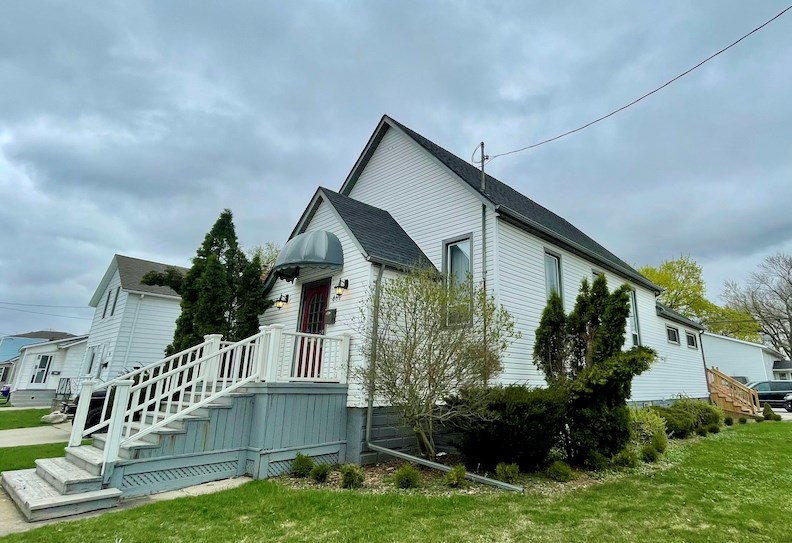Editor's note: This is the first of a two-part story exploring the history of Sarnia's Black community and the African Methodist Episcopal Church. For part two, visit here.
By Randy Evans
In the mid 1800’s, tens of thousands of Black Americans emigrated north of the border looking for a better life.
And why not. Slavery had been banned in British North America since 1834. As for the United States, the January, 1863 Emancipation Proclamation notwithstanding, slavery remained intact until the Confederate south was defeated in April, 1865. Still, the embers of racism would continue to burn in the U.S.
Compared to that, guaranteed freedom in British North America would look very compelling.
Being a border locality, it followed that some Black individuals came to Sarnia and put down roots.
According to the 1861 Upper Canada census, at least forty-six Black individuals then lived in Sarnia. Including 18 children, family units totaled seven.
In the first national Canadian census in 1871, at least sixty-three Black individuals then resided in Sarnia. Families counted eleven with thirty-one children. Interestingly, interracial marriages were identified in four instances. In each of these cases, the census noted the children as “African.”
At least two of the males were former slaves – Peter Pennington and, as identified by local genealogist Alan Campbell, one John Jones.
Generally speaking, the adults were middle aged. Adult ages ranged from 20 to 65 but, for the most part, the majority was in the 30 to 50 age range.
In respect of the family backgrounds, while the Census identified the parents as immigrants, many of the children had been born in Upper Canada/Ontario.
According to the 1861 census, the vast majority were engaged in manual labour jobs. This continued to be the case although, by 1871, a number of Sarnia’s Black residents were noted as holding skilled trades such as painters, barbers, moulders and cooks. One individual, Simeon Highwarden was the proprietor of a second hand furniture store.
For then and later immigrants to Canada, it was not unusual that the newcomers would form their own residential enclaves. Interestingly, this did not happen in Sarnia. The census and directories indicate that the Black individuals and families lived throughout the town amongst their Caucasian neighbours. Each of Sarnia’s three Wards included Black residents.
However, there was one area of life that most of Sarnia’s Black community congregated as a unit, namely religion.
With this commonality, the Black community formed its own congregation and Church in the latter half of the 1800’s.
Sometimes known as the Bethel Mission, The African Methodist Episcopal Church thereby became part of the Sarnia fabric.
